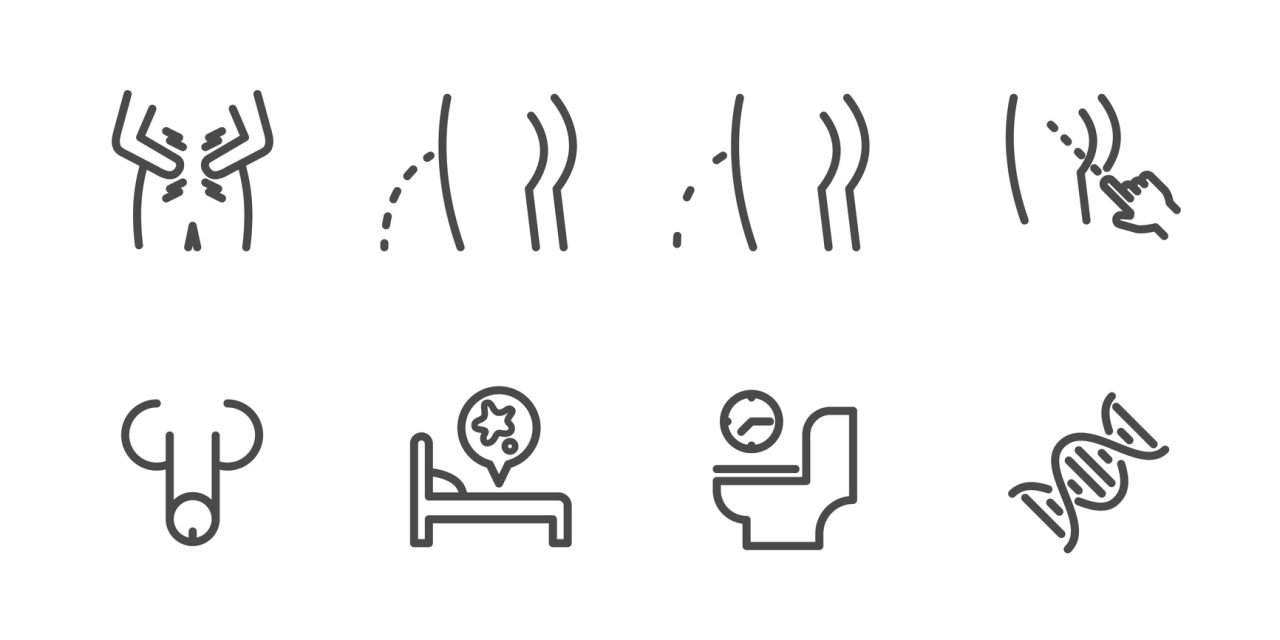Holmium laser enucleation of the prostate (HoLEP) has been used as an effective minimally invasive technique for management of enlarged prostates. We aimed to report the role of HoLEP in prostate cancer (PCa) patients either on active surveillance with bothersome lower urinary tract symptoms (LUTS) or for prostate debulking before radiation therapy and the impact on PCa management plans.
Prospectively maintained database in 2 institutions was reviewed for patients with localized PCa managed by HoLEP with at least a follow-up of 1-year. We assessed PSA trends, effect on international prostate symptom score (IPSS) and further management of PCa.
Out of more than 2000 HoLEP patients, 117 patients with a median follow-up of 30 months were included. Mean (SD) age was 72.3(± 8.3) years old with median (IQR) IPPS of 22(16-28) and median (IQR) PSA at 7.6(5.3- 14.9) ng/ml. Gleason grade group was 1, 2, 3, 4 in 47(73.2%), 32(27.35%), 7(5.9%) and 4(3.4%) patients respectively. Median (IQR) PSA has significantly dropped to 1.3(0.6-3.1), 1.4(0.75-2.9), 1.7(0.86-2.75) ng/ml at 6-week, 3-month, 1-year follow up (P< 0.001). IPSS scores post-HoLEP obviously improved with mean (IQR) IPSS of 10(5-13), 7(3-12), 3(2-5) at 6-week, 3-month, 1-year respectively (P< 0.001). Eighty-eight (72%) patients stayed on active surveillance, while 27(23%) patients had radiotherapy+/- androgen deprivation therapy for persistently high or relapsing PSA. Within 36 intermediate-risk patients,15(41.6%) and patients had radiotherapy while 21(58.3%) patients continued active surveillance.
HoLEP is beneficial in debulking large prostate in PCa patients with bothersome LUTS on active surveillance or prior to radiotherapy. HoLEP reduces the contribution of large adenoma to PSA level, thus reflecting PSA level better and helping reduce overtreatment.
Holmium Laser Enucleation of Prostate (HoLEP) in Patients with Pre-existing Localized Prostate Cancer, Dual Center Study.


